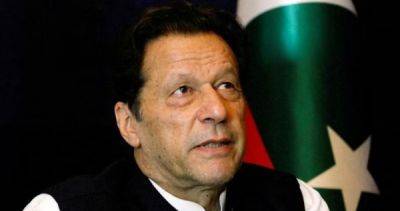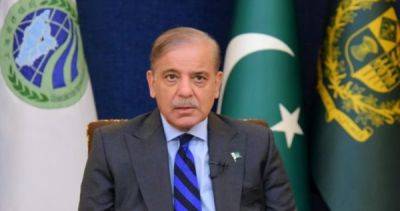Pakistan’s post-poll crisis playing into military hands
Pakistan’s heavily anticipated general election took place on February 8, 2024, with citizens of the South Asian country hoping that it might prove a step toward ending the nation’s political uncertainty.
But several days later, it remains unclear what the result of the vote will yield. Both of the leading contenders have claimed victory, amid allegations of vote rigging and disputed ballots.
The Conversation spoke with Ayesha Jalal, an expert on Pakistan’s political history who teaches at Tufts University, about what the results of the election mean and what could happen next.
Is it clear who will govern Pakistan next?
The results as they stand mean that no party is in a position to form a government on its own. So a coalition government at the federal level is unavoidable.
And this is where things get tricky. The Pakistan Tehreek-e-Insaf, or PTI – headed by jailed former prime minister and Pakistani cricket hero Imran Khan – has emerged as the largest party in the national assembly, with around 93 candidates winning seats as “independents.”
They had to run as independents because the party was barred from using its electoral symbol, a cricket bat, after a three-member bench of the Supreme Court ruled that PTI had failed to hold intraparty elections in line with its constitution.
But with a total of 265 seats in parliament, that means the PTI is still well short of the number needed to form a government on its own.
The Pakistan Muslim League-Nawaz, or PMLN, came in second with 78 seats, a tally that is likely to be boosted by the addition of PMLN-aligned independent members of parliament.
The party – headed by Shahbaz Sharif, who took over from Khan as prime minister in 2022, and his brother, former three-time prime







